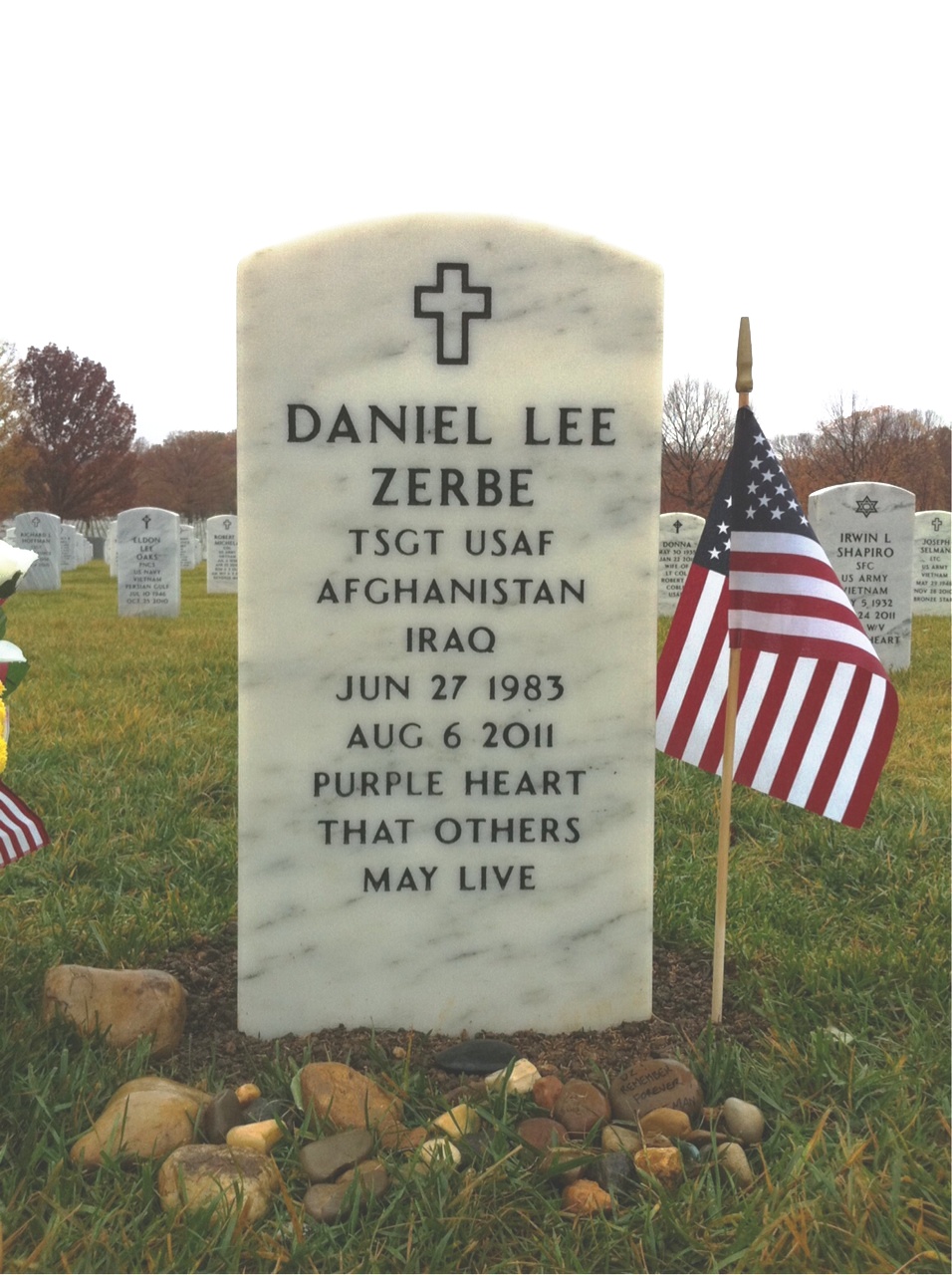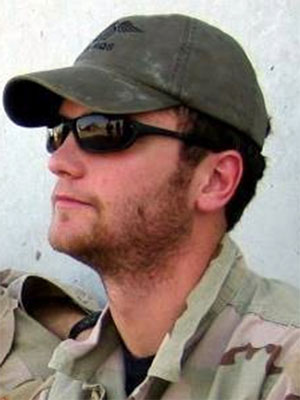Hosted by USAF PJ Association
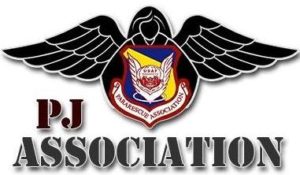 |
“It is my duty, as a member of the Air
Rescue Service, |
Pararescueman Killed in Action
Daniel L. ZerbeTechnical Sergeant |
|
|
|
|
|
|
|
Mission Synopsis from Wikipedia The mission was deemed high risk; two AH-64 Apache helicopters, an AC-130 gunship, and other additional aircraft supported the helicopters on their approach and remained overhead the ground forces. As the CH-47's transporting the Rangers approached the target compound, other aircraft observed several people leaving the compound. This group grew in number over the course of the night, but American forces were at first too preoccupied to engage. At 23:30, one of the Apache support helicopters engaged in a brief skirmish with a different group of eight Taliban fighters 400 m (440 yd) north of the compound, killing six. Supporting aircraft continued to observe the unengaged group from the compound. Originally just two people, the group eventually grew to an estimated total of nine or ten fighters. The special operations task force commander and the Immediate Reaction Force commander became concerned that it might include Tahir. At 01:00, they decided to engage the group with the SEAL reserves. Almost an hour later (01:50), the aviation brigade commander approved a new landing zone for infiltration of the SEAL team. The landing zone had been examined for a previous mission but had not yet been used. At 02:00, the special operations task force commander and the Immediate Reaction Force commander decided to add one USAF Combat Controller and two USAF Pararescuemen. This increased the size of the reinforcement team to 33. In order to speed disembarkation, all troops were loaded on a single CH-47D helicopter for transport; the other Chinook would approach the landing zone second as a decoy. Around 02:23, the two helicopters departed the forward base. Meanwhile, the group of Taliban fighters split in two. At 02:15, one group of three Taliban fighters took a position in a stand of trees; the remaining six or seven men entered a building located some 2 km (1.2 mi) from the target compound. Going forward, the two AH-64 Apache helicopters would be engaged in tracking those two groups of Taliban, and hence unable to provide surveillance or fire support to the inbound helicopter carrying the SEAL team. Six minutes prior to reaching the landing zone, the empty CH-47D left the formation as planned. The helicopter carrying the reinforcements proceeded to the landing zone alone, without external lighting. During the Ranger insertion earlier that night, the CH-47D had approached from the south; this time, it approached from the northwest. The helicopter made its last radio transmission stating that it was one minute away from the landing zone, then descended to an altitude of 100–150 ft (30–46 m) and slowed to a speed of 50 kn (58 mph; 93 km/h) as it approached the landing zone. Around 02:38, the helicopter was fired upon and shot down by a
previously undetected group of Taliban fighters approximately 220 m
(240 yd) south of the helicopter. The group fired two or three RPG
rounds from a two-story building, the second striking one of the
helicopter's three aft rotor blades. The resulting explosion destroyed
the aft rotor assembly. In less than five seconds, the helicopter
crashed, killing all occupants. |
|
|
|
|
|
|
|
|
|
|
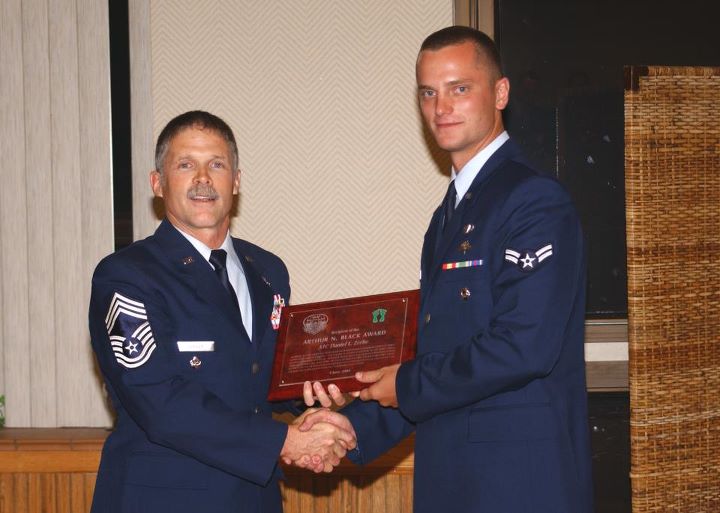 Airman Zerbe receiving the Arthur Black Award for "esprit de corps" from CMSgt Bob Holler at Dan's Pararescue graduation |
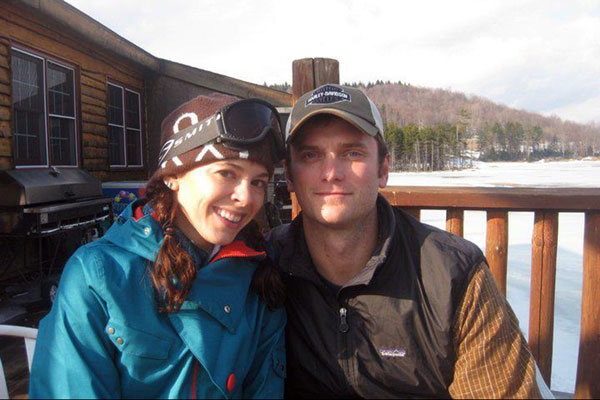 |
 Technical Sergeant John Brown was born in Sacramento, California and graduated from Siloam Springs Senior High School, Arkansas in 1996. After graduation, he attended college at John Brown University, Arkansas and later at Chipoia Junior College, Florida. He enlisted in the Air Force and attended basic training at Lackland Air Force Base, Texas in March 2002. After graduating from basic military training, he entered Pararescue training and upon graduating was assigned to the 38th Rescue Squadron, Moody Air Force Base, Georgia. Shortly after his arrival at the squadron, Sergeant Brown completed the first of what would total eight deployments in support of the Global War on Terrorism. He was also one of the responders in the wake of Hurricane Katrina. In May 2006, John was assigned to the 31st Rescue Squadron, Kadena Air Base, Japan where he conducted numerous exercises and combat search and rescue training. In April 2009, He was assigned to the 24th Special Tactics Squadron. TSgt Brown's military awards include the Bronze Star Medal with one
Oak Leaf Cluster, the Purple Heart, the Defense Meritorious Service
Meal, the Air Medal with two Oak Leaf Clusters, the Aerial Achievement
Medal, the Joint Service Commendation Medal, the Air Force Commendation
Medal, the Joint Service Achievement Medal, the Air Force Achievement
Medal, and the Air Force Combat Action Medal. Daniel Zerbe Obituary
SANFORD, NC Daniel Lee Zerbe, 28, stationed in Fayetteville, N.C.,
formerly of Red Lion, died while serving in the U.S. Air Force in
Afghanistan on Saturday, August 6, 2011. Born in Chambersburg, on
June 27, 1983, he was the son of Terry and Susan (Noel) Zerbe of
York. Dan graduated from Red Lion High School in 2001 and enlisted
in the U.S. Air Force in August of 2001. He served as a Technical
Sergeant in the Pararescue Unit of the U.S. Air Force. In addition
to his parents, he is survived by a brother, Christopher Zerbe of
York; a sister, Megan Zerbe of Virginia; and paternal grandparents,
Douglas and Shirley Zerbe, and maternal grandparents, Leslie and
Sheila Noel, all of York. He is also survived by aunts and uncles,
Wendy and Victor Spangler of York, Julie and Allen Bell of Virginia,
and Steven and Kelly Noel of California; cousins, Libby Spangler,
Chloe Noel, and Phoebe Noel; and his girlfriend of six years, Amanda
Harke of Raleigh, N.C. A memorial service will be held on Wednesday,
August 17, 2011 at 7 p.m. in the Auditorium of Red Lion High School,
200 Horace Mann Ave., Red Lion, with his pastor, the Rev. Richard
Stuempfle, officiating.
|
|
|
Bronze Star, Second Oak Leaf Cluster
Bronze Star, Third Oak Leaf Cluster
|
|
|
A.P. News Article |
Newspaper Articles |
Video News Report FOX43 WPMT York, Pennsylvania Clicking link will download short video to your device |
Pennsylvania House Resolution 484 re: TSgt Daniel Zerbe |
JCAT Mission Assessment |
|

